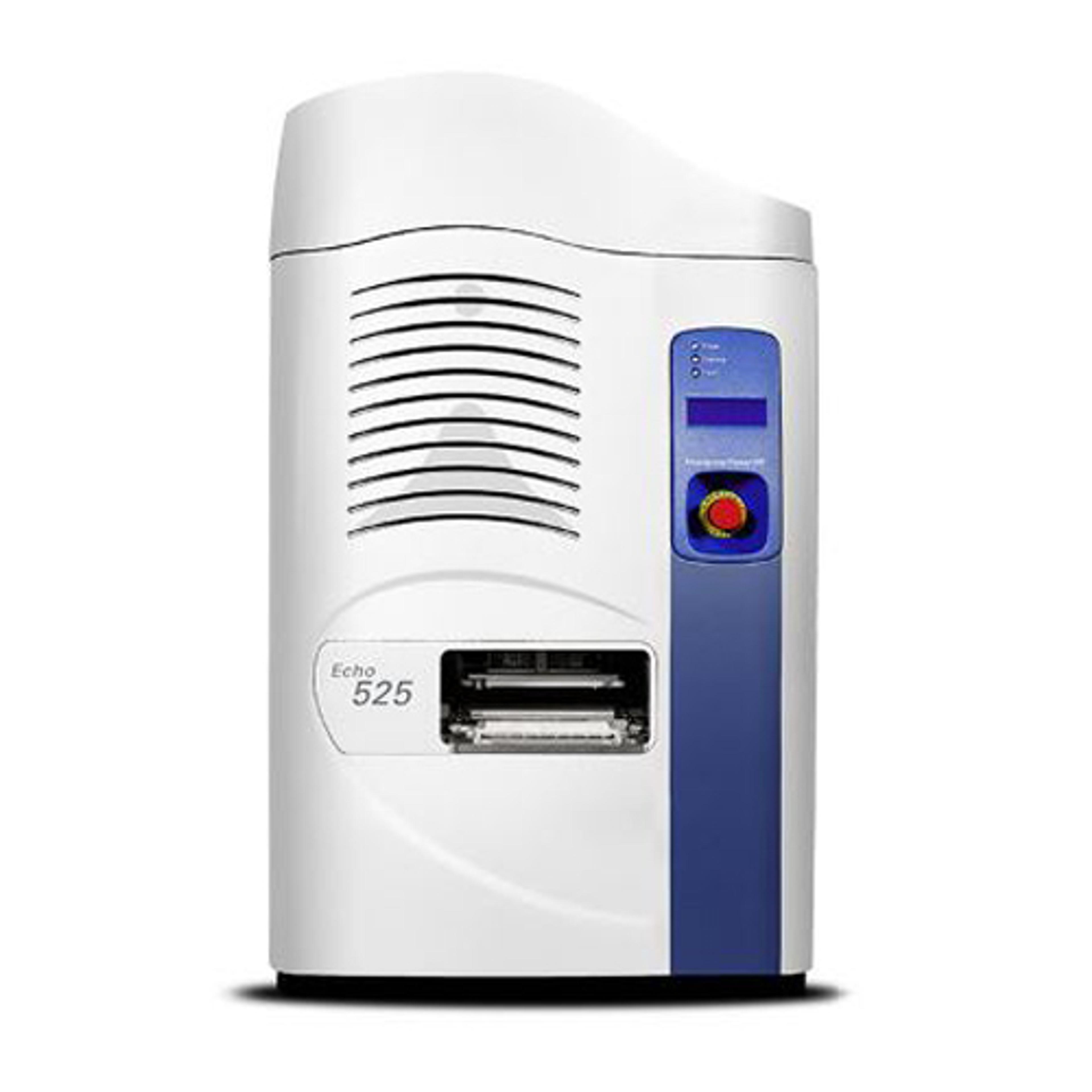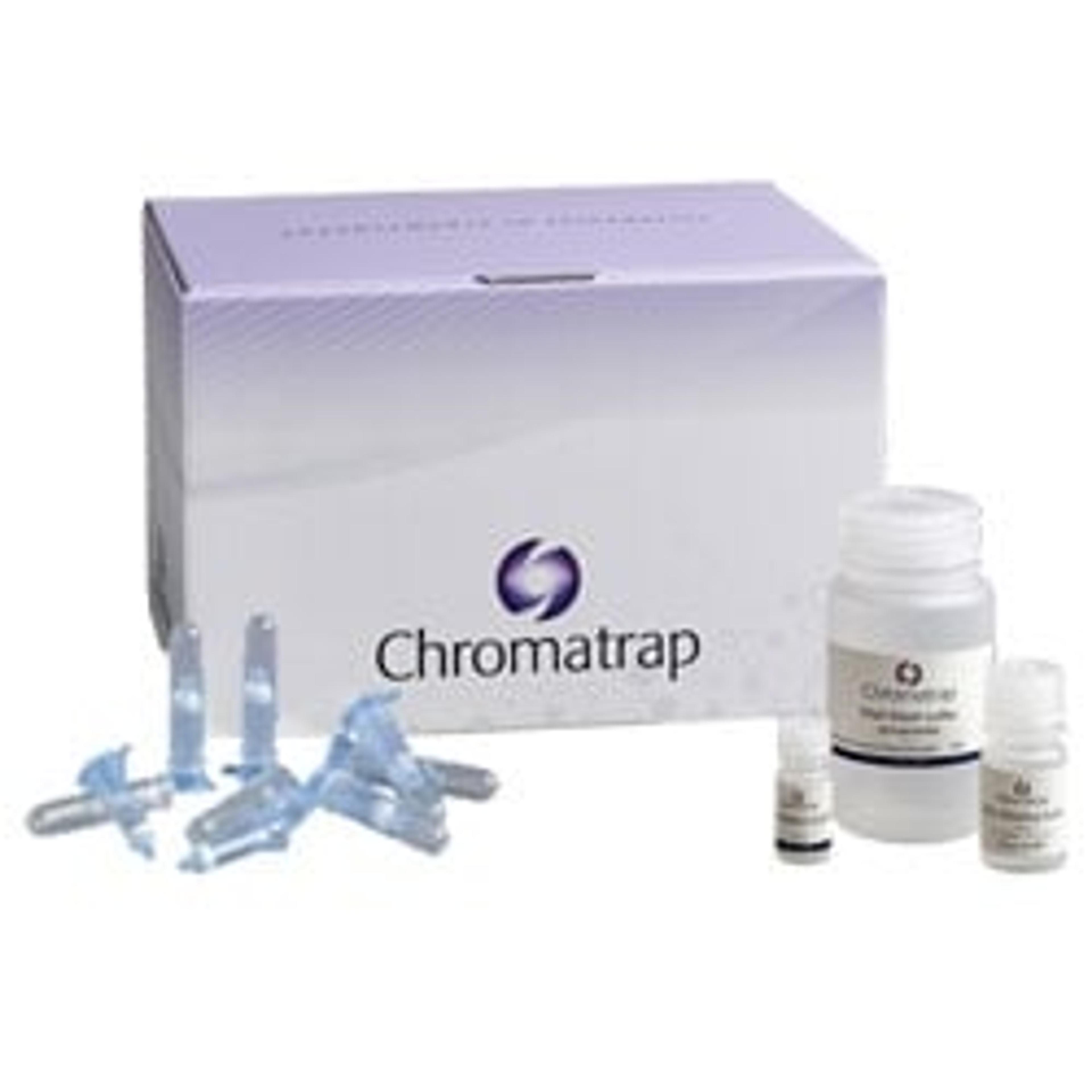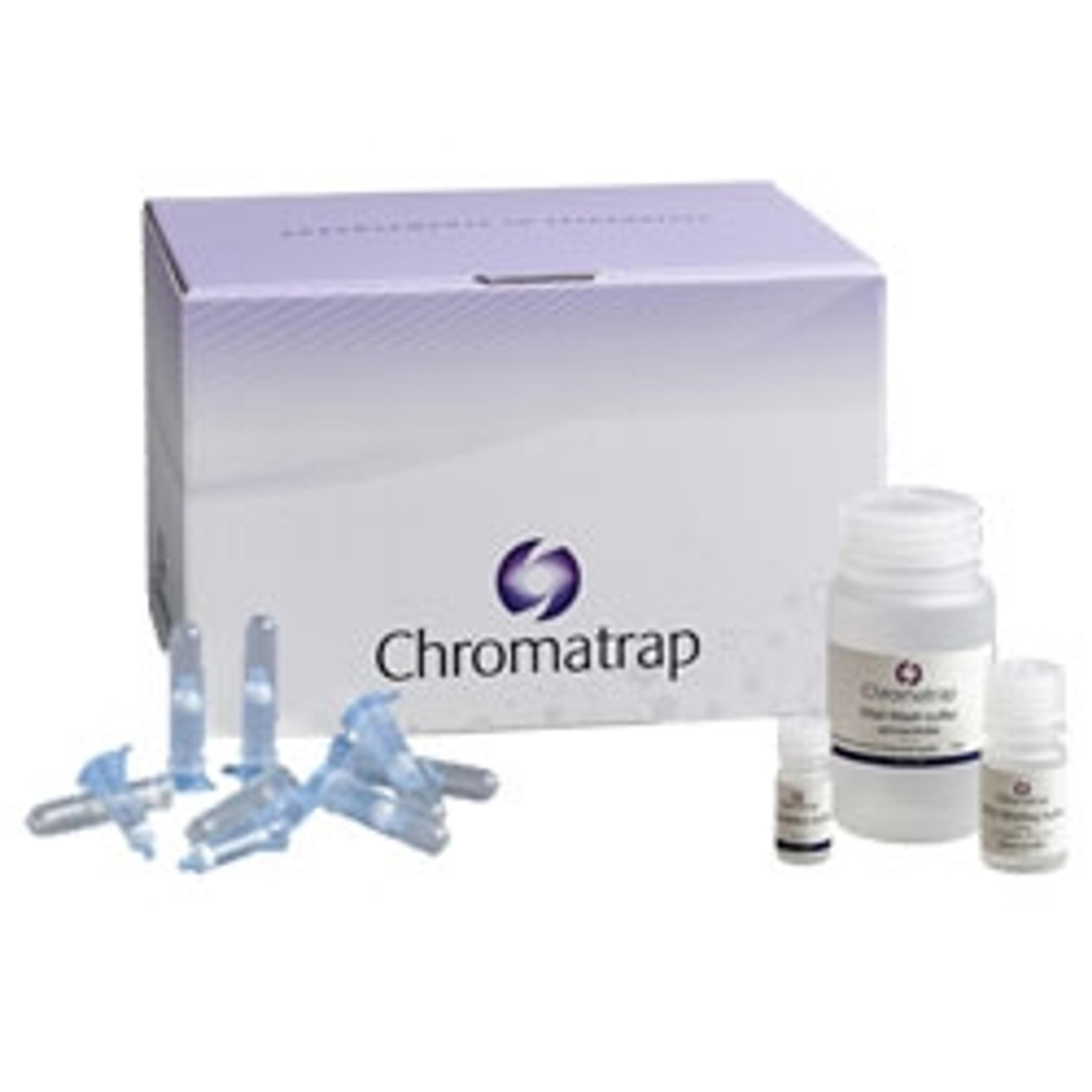7 Steps to Better Gene Editing and CRISPR technology - Special Feature
In this editorial feature, we bring you the latest developments in gene editing and CRISPR technology
2 Mar 2018

1. Reduced Sequencing Costs Through Effective Miniaturization of Library Preparation

While the cost of sequencing per nucleotide has declined rapidly over the past ten years, preparation of samples for next-generation sequencing remains a costly component of the process.
In this application note, Labcyte detail a method to miniaturize reaction volumes utilized in the Illumina Nextera XT DNA library kit, thereby reducing the overall cost per reaction while maintaining equivalent data to the standard protocol. The Labcyte Echo® 525 Liquid Handler enhanced miniaturization of library preparation is effective across samples from a range of organisms, providing consistent and high-quality results for whole genome sequencing, while maintaining sample diversity, ratios, and identification within microbiome and metagenomic applications.
2. Affordable, High Quality, High Yield, and Ready to Use DNA Purification
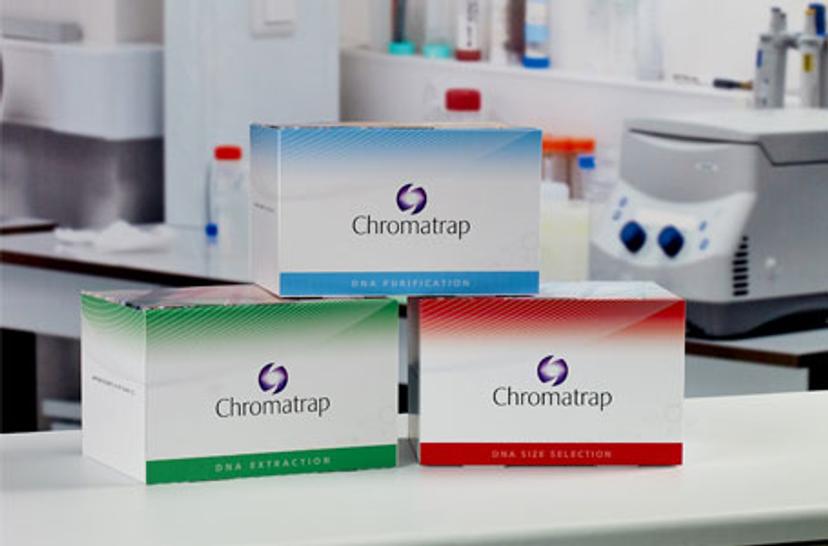
If you need an affordable, easy-to-use DNA kits for routine molecular biology applications, then Porvair Sciences’ new Chromatrap® DNA kits could meet your research needs. Leveraging proprietary buffer chemistry and unique spin column design, Chromatrap® DNA kits are all free from salts, contaminants and inhibitors, providing you with the high recovery of top-quality DNA perfect for downstream applications.
- Chromatrap® DNA extraction kit – reliably isolate superior-quality DNA from a wide range of samples sources, including difficult cell and tissue types
- DNA and gel purification kit - quick and easy-to-use kits that routinely deliver high yield and ultra-pure DNA for a wide range of molecular biological applications
- Chromatrap® DNA purify and concentrate kit- clean up and concentrate DNA in as little as 5µl (5-10 µg DNA) elution volume from techniques such as PCR and restriction enzyme digestion, and provide high recovery of superior-quality DNA ideal for downstream applications
- Chromatrap® size selection kit - rapidly and easily purify preferred DNA sizes from a wide range of sample sources
3. Efficient CRISPR gene editing workflows

In this paper, Bio-Rad Laboratories presents a versatile and efficient CRISPR gene editing workflow to guide you through the main stages of the gene editing process, applicable to a wide range of gene editing experiments. This paper presents the best Bio-Rad products for optimized gene editing at each stage of the four-step process:
- Cell transfection – efficiently deliver the CRISPR/Cas9 system into your cells while maintaining cell viability
- Single-cell isolation and enrichment – speed-up your workflow and save on reagent costs by enriching for cells of interest
- Confirmation of edits – identify successfully edited target cells using direct genomic methodologies, or indirectly through cellular or proteomic methods
- Downstream analysis – study cell phenotypes at cellular, genomic and proteomic levels
4. Improve Your CRISPR/Cas9 Results
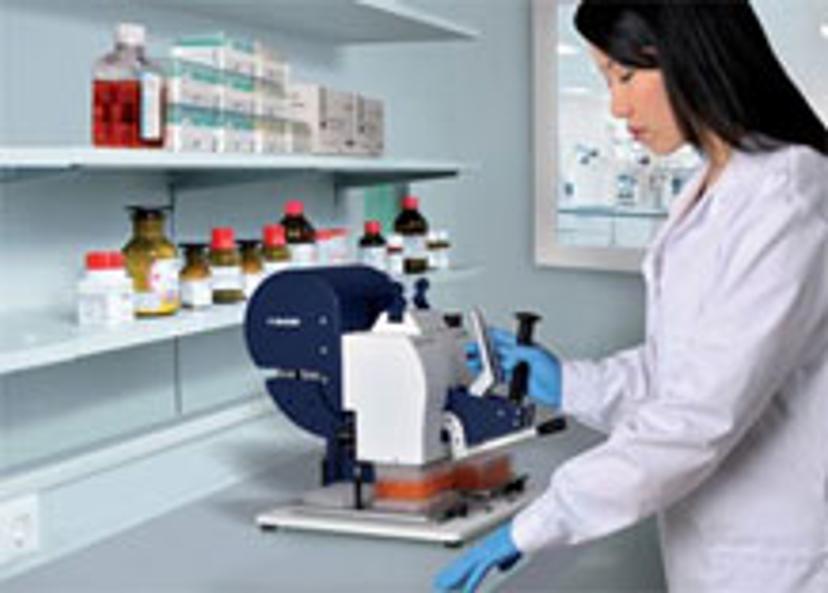
The development of the revolutionary CRISPR/Cas9 genome editing tool has enabled scientists around the world to make more accurate edits quickly and more cheaply than previously thought possible. But to enable the highest accuracy requires the right tools, and as workflows are scaled up, manual sample preparation can prove inefficient, time-consuming, laborious and prone to human error.
In this article, we introduce the Gilson PlateMaster® automated pipette, used to streamline CRISPR/Cas9 studies at scale and help scientists maximize the levels of reproducibility in their workflows.
5. The CRISPR Revolution: Changing Life event
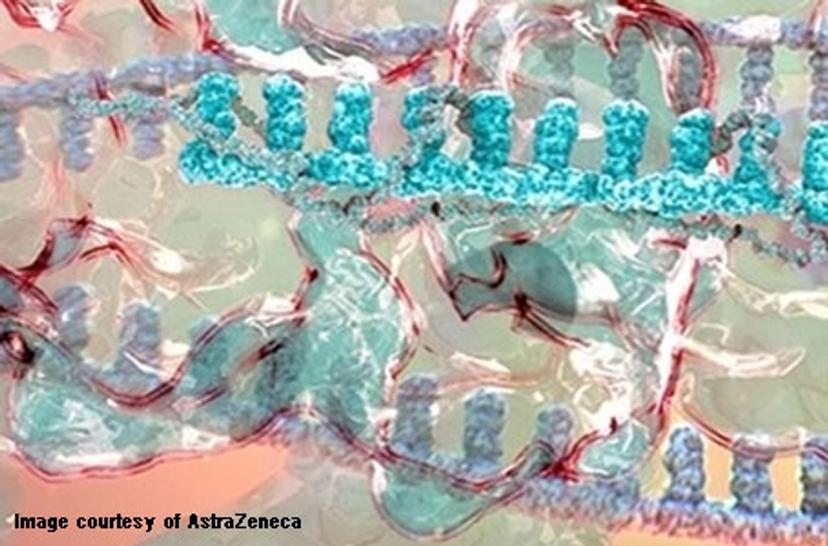
This conference from The Royal Society and supported by AstraZeneca on March 7, 2018, will bring together experts from across government, academia and industry, to discuss current gene editing technologies and utilizing the CRISPR/Cas9 system to help understand:
- Complex biological pathways
- How we can create suitable cellular and animal models of disease
- The development of advanced agricultural crops and farm animals
- How to correct somatic gene defects that lead to disease through the creation of new human therapies
6. Accelerate Genome Editing

Droplet Digital PCR (ddPCR) enables rapid quantification of genome editing events. Design and order ddPCR assays to detect non-homologous end joining (NHEJ) and homology directed repair (HDR) edits for any target of interest on Bio-Rad’s easy-to-use Digital Assay Site.
7. The Future of Gene Editing

Recent developments in CRISPR technology have reduced the price, time and complexity of genetic engineering, and it’s starting to make a real difference in how we approach this area of science. We’re already starting to cure diseases, with hundreds of clinical trials investigating gene therapy in adults as treatment for genetic conditions, some types of cancer, diabetes, heart disease and HIV/AIDS.
But what does the future really hold for this technology. In this special feature, SelectScience takes a look at what we could expect from the genetic engineering in the future.
Useful SelectScience® Resources:
- Guide: How to Buy PCR Technology
- Application note: Utilizing the Labcyte Echo Liquid Handler and Gateway Gene Assembly in the Generation and Transfection of a PTEN-GFP Construct into a PTEN Null PC-3 Cell Line
- Application note: CRISPR/Cas9 Genome-edited Cells Express NanoBRET-donor that Monitors Protein Interaction and Trafficking
- Application note: CRISPR/Cas9 Genetic Engineering – How Gilson Manual and Automated Pipetting Tools Facilitate the Process
- Editorial Article: Unlocking the Potential of C. elegans for the Study of Rare Disease
Stay up-to-date. Receive interviews, videos and articles directly into your inbox. Sign up for SelectScience.

